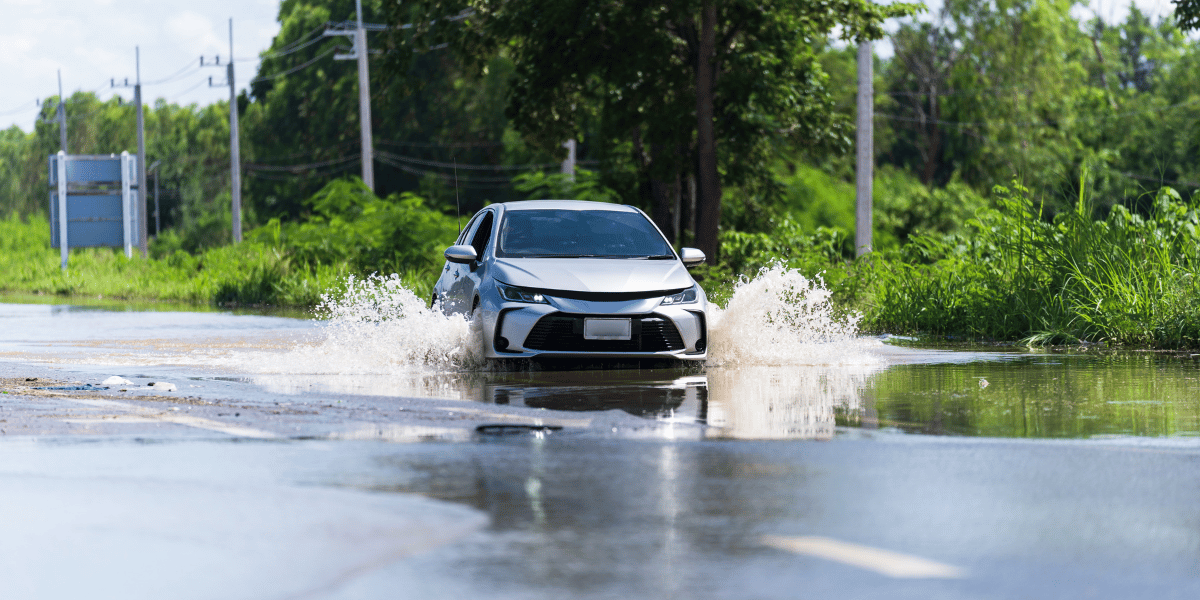5 Ways to Spot a Flood-Damaged Car

Buying a used car can be a smart move — but it comes with risks if you don’t do your homework. One of the most serious (and expensive) problems lurking on the Irish used car market is flood damage. Cars that have been submerged or exposed to flooding can suffer from long-term mechanical and electrical issues, even if they look fine on the surface.
Here are 5 simple ways to spot a flood-damaged car before you buy:
1. Check for a Musty or Damp Smell Inside
One of the easiest giveaways is an unusual odour inside the car. If it smells musty, mouldy, or like damp fabric, it could be a sign the car has been exposed to water. Sellers sometimes try to mask this with air fresheners, so pay attention and trust your nose.
Tip: Turn on the air conditioning and heater – any damp smells coming through the vents could be a red flag.
2. Look for Water Stains and Rust in Odd Places
Inspect the interior carefully, especially:
- Under the carpets and floor mats
- Beneath the seats
- In the boot well
- Around the spare wheel area
Water stains, tide marks, or corrosion on metal parts inside the car are strong indicators it may have been submerged at some stage.
3. Test the Electronics Thoroughly
Flood damage often wreaks havoc on a car’s electrical system. Check that:
- All windows, locks, and mirrors work as expected
- The stereo, dashboard lights, and all buttons respond correctly
- Warning lights disappear after the car starts
Even a small glitch could hint at water having reached delicate wiring components.
Mud or silt in corners, around bolts, or in hard-to-reach crevices
Rust on engine components or brackets that shouldn’t normally be exposed to moisture
Water marks on the underside of the bonnet
4. Inspect Under the Bonnet and Chassis
Pop the bonnet and look for:
- Mud or silt in corners, around bolts, or in hard-to-reach crevices
- Rust on engine components or brackets that shouldn’t normally be exposed to moisture
- Water marks on the underside of the bonnet
Similarly, check underneath the car for signs of rust or dirt where it shouldn’t be.
5. Run a Full Car History Check
The most reliable way to avoid buying a flood-damaged car is with a Cartell Car History Check. We’ll tell you if a vehicle has been:
- Written off as a flood-damaged car in Ireland or the UK
- Registered with insurance companies following a flooding incident
- Previously reported as a Category B/C salvage vehicle
A history check reveals hidden details you won’t find from a visual inspection alone — saving you from potential disaster later on.
Final Word
A flood-damaged car might look fine after a good clean-up, but the problems it hides can be expensive, unsafe, and a nightmare to repair. When buying used, follow these five checks and always get a Car History Check from Cartell.ie before you hand over your hard-earned money.
Check before you buy. It could save you thousands.
.